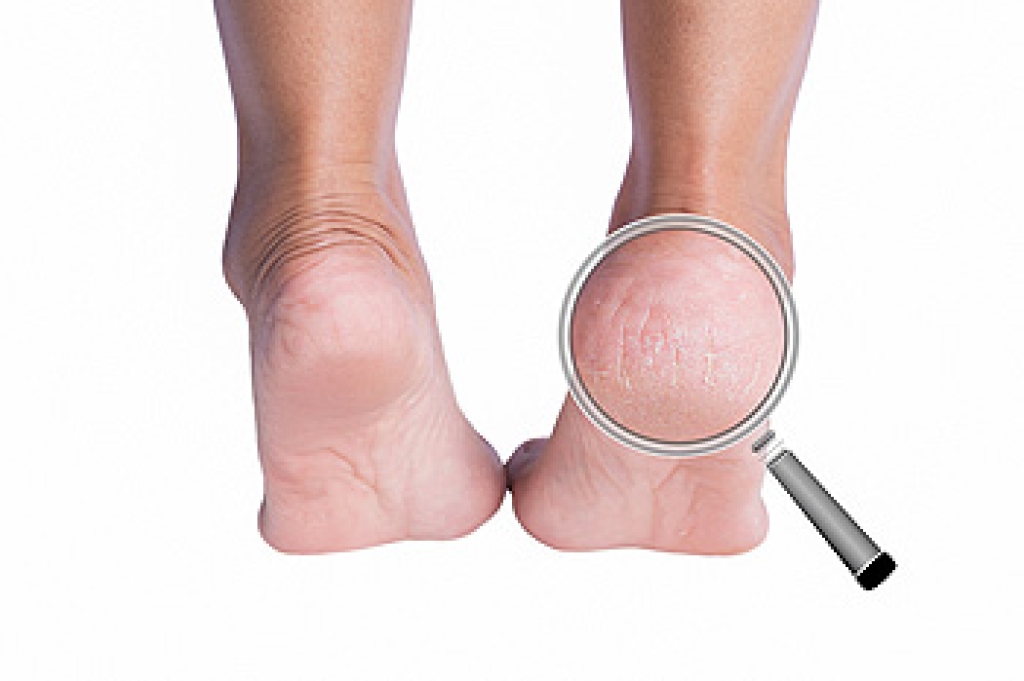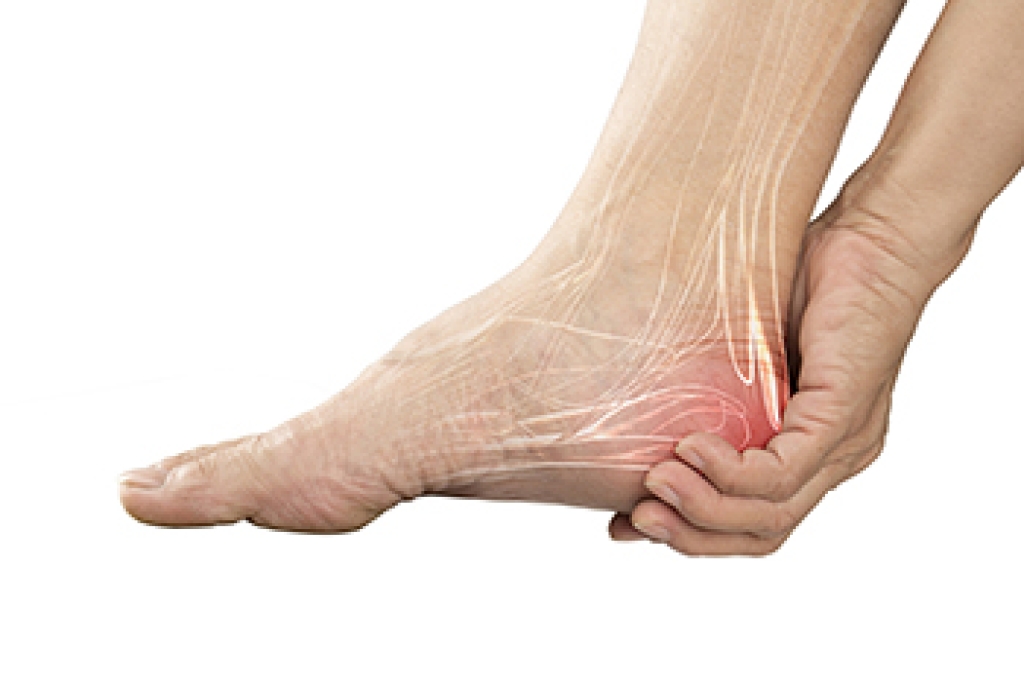
Foot pain can result from a variety of issues, including ill-fitting shoes, plantar fasciitis, corns, or ingrown toenails. Tight or unsupportive footwear can lead to pressure points, contributing to corns and toenail problems. Plantar fasciitis, caused by inflammation of the tissue along the bottom of the foot, results in heel or arch pain, especially in the morning. Corns appear as thick, hardened areas of skin, often on toes or pressure spots. Ingrown toenails occur when the nail grows into the surrounding skin, causing pain, swelling, and sometimes infection. Each of these conditions can cause sharp, aching, or throbbing pain that worsens with activity. A podiatrist diagnoses foot pain through physical examination, patient history, and imaging if needed. Treatment may include custom orthotics, footwear changes, medication, or minor procedures. If you are dealing with foot pain, it is suggested that you make an appointment with a podiatrist for evaluation and treatment.
Foot Pain
Foot pain can be extremely painful and debilitating. If you have a foot pain, consult with Dr. Castillo from Bronx Foot Care. Our doctor will assess your condition and provide you with quality foot and ankle treatment.
Causes
Foot pain is a very broad condition that could be caused by one or more ailments. The most common include:
- Bunions
- Hammertoes
- Plantar Fasciitis
- Bone Spurs
- Corns
- Tarsal Tunnel Syndrome
- Ingrown Toenails
- Arthritis (such as Gout, Rheumatoid, and Osteoarthritis)
- Flat Feet
- Injury (from stress fractures, broken toe, foot, ankle, Achilles tendon ruptures, and sprains)
- And more
Diagnosis
To figure out the cause of foot pain, podiatrists utilize several different methods. This can range from simple visual inspections and sensation tests to X-rays and MRI scans. Prior medical history, family medical history, and any recent physical traumatic events will all be taken into consideration for a proper diagnosis.
Treatment
Treatment depends upon the cause of the foot pain. Whether it is resting, staying off the foot, or having surgery; podiatrists have a number of treatment options available for foot pain.
If you have any questions, please feel free to contact our offices located in Bronx, NY Yonkers, NY . We offer the newest diagnostic and treatment technologies for all your foot care needs.




